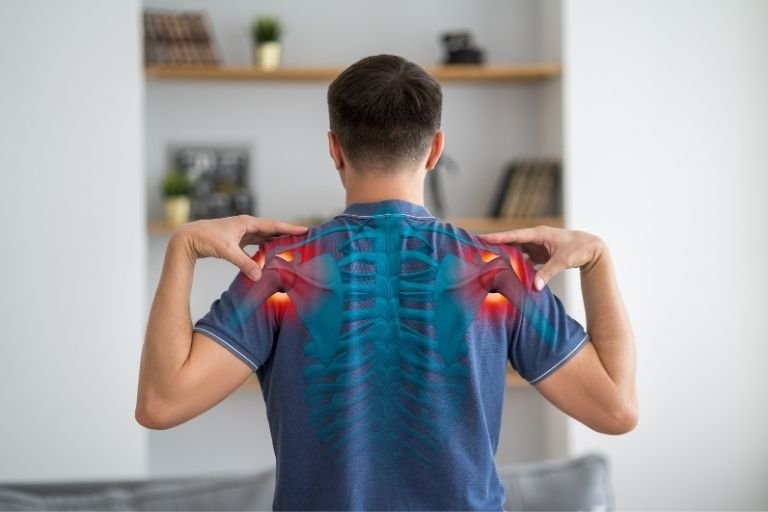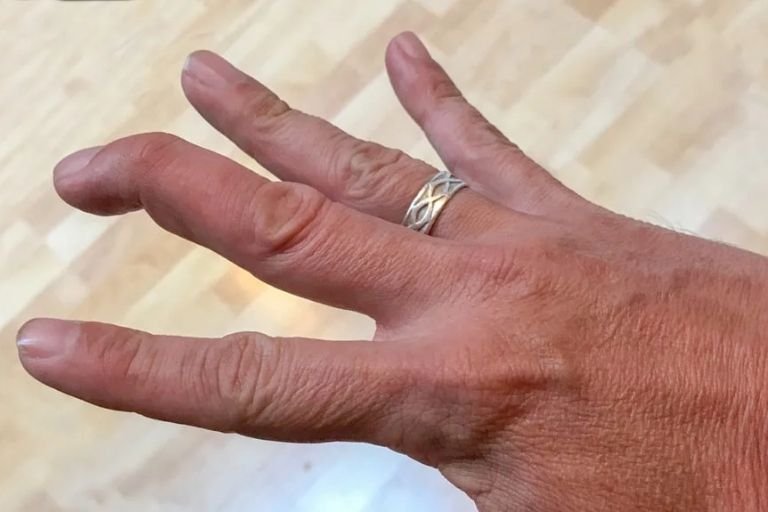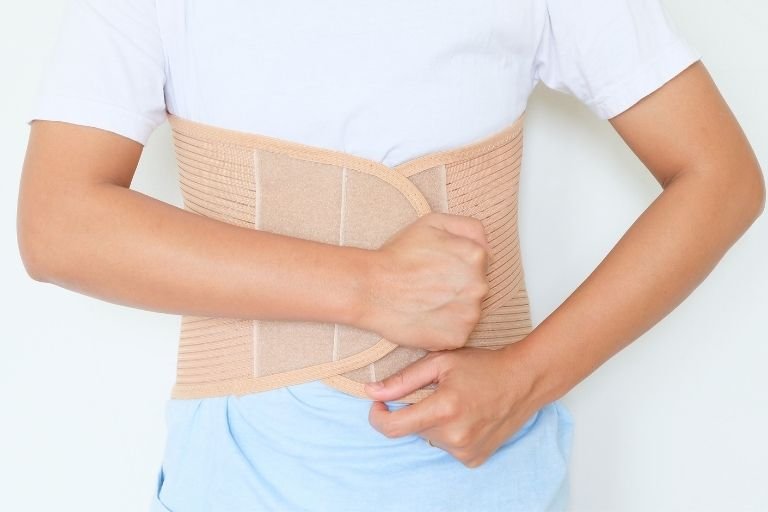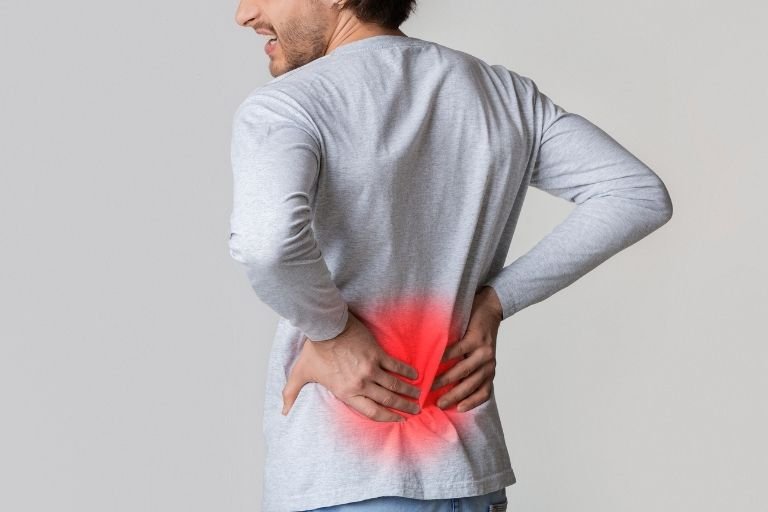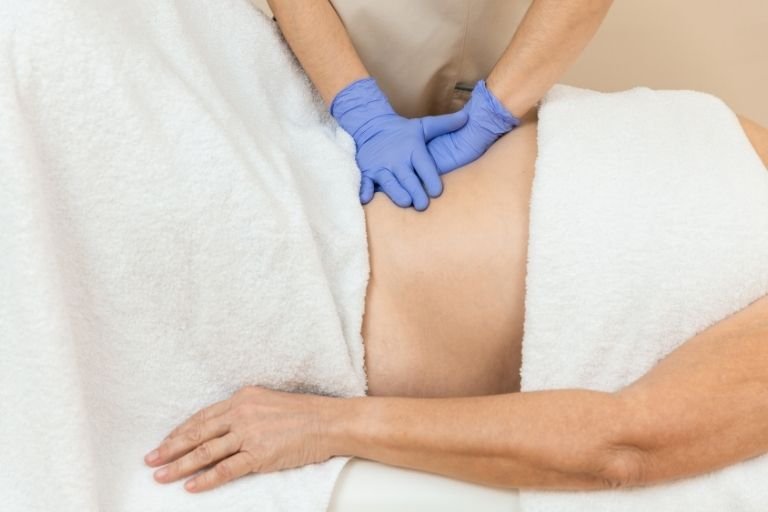- Fitwell Physiotherapy
Achilles Tendon Rupture Recovery

Achilles tendon rupture is a common injury, particularly among athletes and individuals engaged in physical activities. The Achilles tendon connects the calf muscles to the heel bone and is crucial for walking, running, and jumping.
Please submit your details below.
Symptoms
The symptoms of an Achilles tendon rupture can include:
- A sudden, sharp pain in the back of the ankle or calf, often described as feeling like a “pop” or “snap.”
- Swelling and bruising around the heel.
- Difficulty walking, especially when trying to push off the affected leg.
- Inability to stand on tiptoe on the injured side.
- A gap or indentation above the heel where the tendon has ruptured.
Causes
Achilles tendon ruptures are often caused by:
- Sudden increases in the intensity of physical activity.
- Activities that involve jumping or quick pivoting.
- Falling from a height.
- Stepping into a hole or missing a step.
- Degeneration of the tendon due to aging or overuse.
When to See a Physiotherapist
You should see a physiotherapist if:
- You experience persistent pain or swelling in your ankle or calf.
- You have difficulty walking or bearing weight on your leg.
- You suspect a partial or complete rupture of the Achilles tendon.
- Post-surgery or following initial treatment to begin rehabilitation.
Risks
The risks associated with Achilles tendon rupture include:
- Age: People over 30 are at higher risk.
- Gender: Men are more likely to rupture their Achilles tendon than women.
- Sports: Activities involving running, jumping, and sudden starts and stops increase risk.
- Previous injuries: History of tendonitis or previous ruptures can increase susceptibility.
- Medications: Certain antibiotics and corticosteroids may weaken tendons.
How to Prevent Achilles Tendon Rupture
Preventative measures include:
- Regular stretching and strengthening exercises for the calf muscles.
- Gradually increasing the intensity of physical activities.
- Wearing appropriate footwear that provides proper support.
- Avoiding sudden changes in the intensity or duration of exercise.
- Paying attention to your body and resting if you feel pain or discomfort in your Achilles tendon.
Treatments
Treatment options for Achilles tendon rupture include:
Non-Surgical Treatment
- Immobilization: Using a cast, walking boot, or brace to keep the foot in a position that allows the tendon to heal.
- Physical Therapy: Exercises to strengthen the calf muscles and improve range of motion.
Surgical Treatment
- Tendon Repair Surgery: Reattaching the torn ends of the tendon. Surgery is often recommended for active individuals or complete ruptures.
Achilles tendon rupture is a significant injury that requires prompt medical attention and a structured recovery plan. Recognizing symptoms early, understanding the causes, and knowing when to seek help are crucial for effective treatment and recovery. Preventative measures, proper treatment, and a dedicated rehabilitation program can significantly improve outcomes and help prevent future injuries.
Frequently Asked Questions
Recovery time can vary depending on factors such as the severity of the rupture, treatment approach, and individual healing capacity. Typically, recovery may take anywhere from 4 to 12 months. However, full return to pre-injury activities may take longer.
Treatment options include both surgical and non-surgical approaches. Non-surgical treatment may involve immobilization with a cast or walking boot, followed by physical therapy. Surgical repair may be recommended for younger, active individuals or severe ruptures, involving reattaching the torn tendon ends surgically.
Rehabilitation typically involves a progressive program focused on restoring strength, flexibility, and function of the affected leg. Initially, emphasis may be on protecting the healing tendon, followed by exercises to improve range of motion, strength, and eventually, functional activities such as walking and running.
While it’s not always possible to prevent all injuries, certain measures can reduce the risk of re-injury. These may include following a structured rehabilitation program, gradually returning to physical activities, wearing appropriate footwear, and incorporating exercises to strengthen the calf muscles and improve ankle stability.
Returning to sports or physical activities should be gradual and guided by your healthcare provider or physical therapist. Typically, athletes may start with low-impact activities such as swimming or cycling before progressing to higher-impact sports. The timing of return will depend on factors such as healing progress, strength, flexibility, and functional ability. It’s essential to avoid rushing the return to sports to minimize the risk of re-injury.
Related Conditions
How Fitwell Physiotherapy Can Help?
Dr. Richa’s Fitwell physiotherapy has an extensive team of physiotherapists all within their own specialist areas of physiotherapy. Whatever your condition, we guarantee that we will have the best physiotherapist for you. We assess, diagnose, plan, cure and care for you.
Fitwell Physiotherapy Clinic, Pune provides you best physiotherapy treatment in Kharadi, pune. We also serve Chandan Nagar, Vadgaon Sheri, Keshav Nagar, Wagholi & nearby Areas in Pune. We are experts in treating Neck Pain, Hand Pain, Back Pain, Lower Back Pain, Knee Pain, Stiff Neck, Sciatica, Arthritis, Stroke Paralysis & Post Surgical Rehab.
We provide Specialized physiotherapy treatments in Sports Injuries, Pre and post Surgery, Neurologic, Pediatric, Chronic Pain/Fatigue, Rheumatology, Women’s Health, Men’s Health, Ergonomics, Vestibular, Amputees & all sort of Pain treatment and lifestyle conditions.






















